Rethinking Agriculture Through Forest Gardening
Amid the clamor of industrialized agriculture and its mechanical uniformity, a quiet revolution unfolds beneath the canopy of forest gardens. A forest garden is not merely a collection of edible plants mimicking the wild; it is a symphonic system wherein every organism participates in nutrient cycling, water retention, and pest resistance. This is not farming it is ecosystem design.
For entrepreneurs and land stewards pursuing sustainability, the forest gardening business offers a niche yet burgeoning opportunity. Especially when synergized with eco-farms those focused on regenerative principles, low-impact food production, and biodiversity enhancement forest garden products transcend mere goods. They become instruments of transformation.
Understanding the Eco-Farm Market
Eco-farms aren’t ordinary customers. Their values are entrenched in soil health, polyculture, carbon sequestration, and long-view land ethics. When approaching them as clients, the seller must internalize their ethos. They are not driven by volume or price point but by alignment with regenerative goals.
To cater to this market, agroforestry entrepreneurs must understand the lexicon of ecological credibility. Your offerings should be free of synthetic inputs, traceable to permaculture principles, and often certified via organic or biodynamic systems. Products that resonate deeply include:
-
Guild-based starter kits featuring nitrogen-fixers, dynamic accumulators, and edible perennials
-
Biologically active mulch materials like ramial chipped wood or fungal inoculants
-
Living trellises and nurse plants for companion integration
-
Seedlings from rare, climate-resilient species, e.g., Amelanchier, Sea Buckthorn, or Siberian Pea Shrub
These are not commodities they are ecological tools.
The Botanical Inventory as a Business Asset
Think of your forest garden as a living warehouse. Your inventory is not stored on shelves but rooted in soil. When designed for multi-strata production canopy, understory, shrub, herbaceous, rhizosphere, and vertical layers it yields a polyculture portfolio of high-value goods. Some of these include :
-
Medicinal understory crops such as Goldenseal, Blue Cohosh, or Tulsi
-
Culinary herbs that exceed conventional profiles in flavor and phytochemical density
-
Sap and resin yielders like Sweet Birch or Mastic Tree
-
Shade-grown mushroom logs, especially Shiitake and Maitake inoculated in situ
Proper documentation, phenology records, and yield data transform your garden into a scientifically defensible production site, suitable for certification and high-end markets.
Tips for Launching a Forest Gardening Enterprise
Know Thy Zone
Each agroecological region offers a unique plant palette. Start with your USDA hardiness zone but go deeper: consider rainfall regimes, solar aspect, soil pH, fungal:bacterial soil ratios, and keystone fauna. Eco-farms will ask. Be ready.
Design in Layers, Sell in Themes
Avoid the linearity of monocrop thought. Instead, offer ecosystem bundles. Don’t sell a plant; sell a guild. For example:
The Pollinator Haven Pack
-
Echinacea purpurea
-
Asclepias tuberosa
-
Monarda fistulosa
-
Solidago rugosa
This thematic approach facilitates eco-farm planning while elevating your perceived expertise.
Maximize Seasonal Windows
Understand phenological timing to schedule nursery outputs, cuttings, grafts, or root divisions in tune with planting windows. Offer pre-orders during winter dormancy, ship during the last frost window, and provide customer support post-planting.
Cultivate Soil as Your Intellectual Property
Your microbially rich compost, fungal substrates, and rhizobiome inoculants are not byproducts they’re flagship products. Eco-farms value the unseen. Offer soil amendment packages paired with plants, complete with microbial assays or inoculant maps.
Tell Stories With Every Species
Don’t just list Cornus kousa. Tell how its fruits feed native birds, how its bark hosts beneficial insects, how it shelters fungal allies. Narrative ecology is a sales tool. Eco-farms purchase not only plants but purpose.
From Harvest to Market: Crafting the Supply Chain
Unlike commodity agriculture, forest gardening demands artisanal logistics. You are harvesting complexity, not bulk. Here are strategic considerations:
-
Post-harvest care must reflect the tender ecology of your products. Use breathable packaging, mycorrhizal coatings, or cold-chain logistics where needed.
-
Labeling should reflect botanical accuracy, propagation method (seed-grown vs clone), and any ecological certifications.
-
Distribution should emphasize regionality. Localized networks reduce stress on plants and enhance story-based marketing.
Leverage CSA-style deliveries to eco-farms, or partner with regional food hubs that appreciate perennial goods and their slower growth rhythms.
The Financial Ecology of Forest Gardening
While the returns on forest gardening may not mirror high-yield annual cropping in the short term, its resilience and low-input nature make it financially tenable. Here’s how to build economic antifragility:
-
Layer multiple revenue streams nursery sales, workshops, consulting, biochar production, carbon credits
-
Invest in time-rich yield fruiting perennials may take 3-5 years, but once established, they offer decades of dividends
-
Use grants and green capital many agroforestry startups qualify for rewilding or regenerative agriculture grants
Avoid debt-heavy scaling. Let the forest dictate the tempo.
Common Mistakes and How to Evade Them
-
Overdesigning before observing: Forest gardening rewards patience. Don’t impose a blueprint observe the land’s successional cues.
-
Forgetting functional redundancy: In ecosystem design, fail-safes matter. If one nitrogen fixer dies, another must persist.
-
Ignoring animal interactions: Whether pollinators, seed dispersers, or grazers, the fauna shape your flora’s fate. Design with them, not against them.
Wisdom in Practice
A forest garden is not an installation it is a relationship. The business of forest gardening, when approached as a regenerative praxis, is not extractive but participatory. You don’t sell things; you propagate systems.
Imagine walking an eco-farm client through your site. You pass beneath a Honey Locust casting dappled shade on a swale-planted Gooseberry. A Blackcap Raspberry edges the path, intertwined with Lovage and Comfrey. Insects hum. The soil is alive. This is your portfolio. Not a spreadsheet, but a breathing mosaic of resilience.
Eco-farms see this. They feel it. And if you can translate it into offerings that serve their mission, you won’t just make sales you’ll catalyze a regenerative economy.
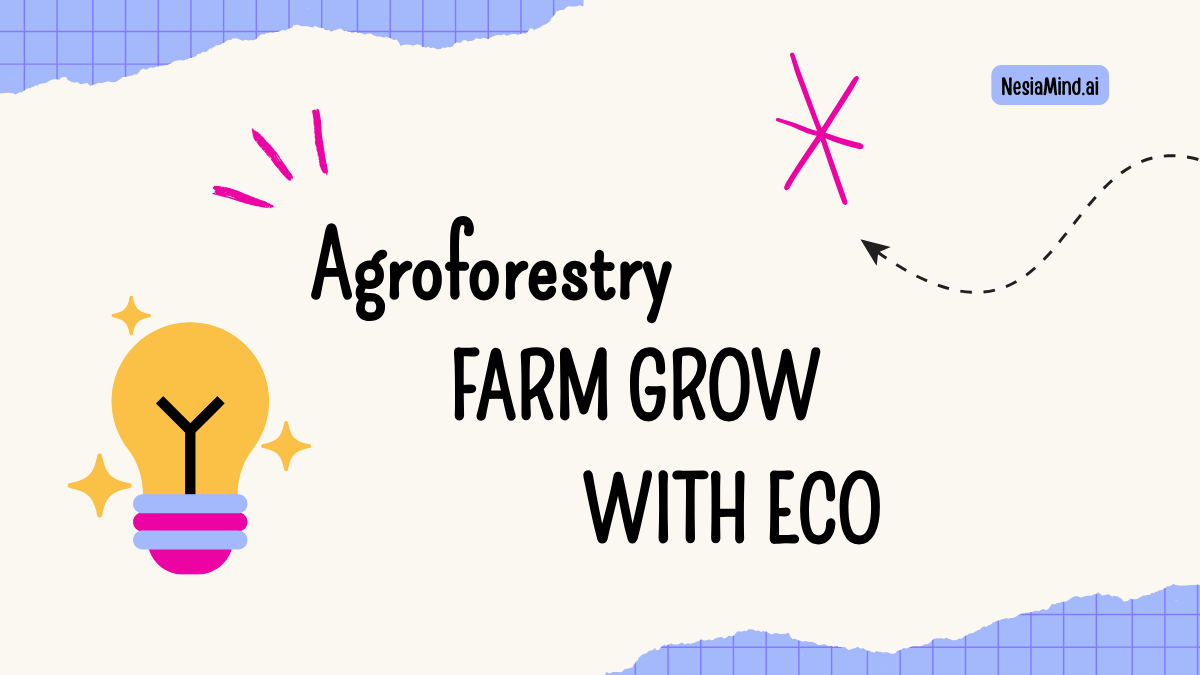
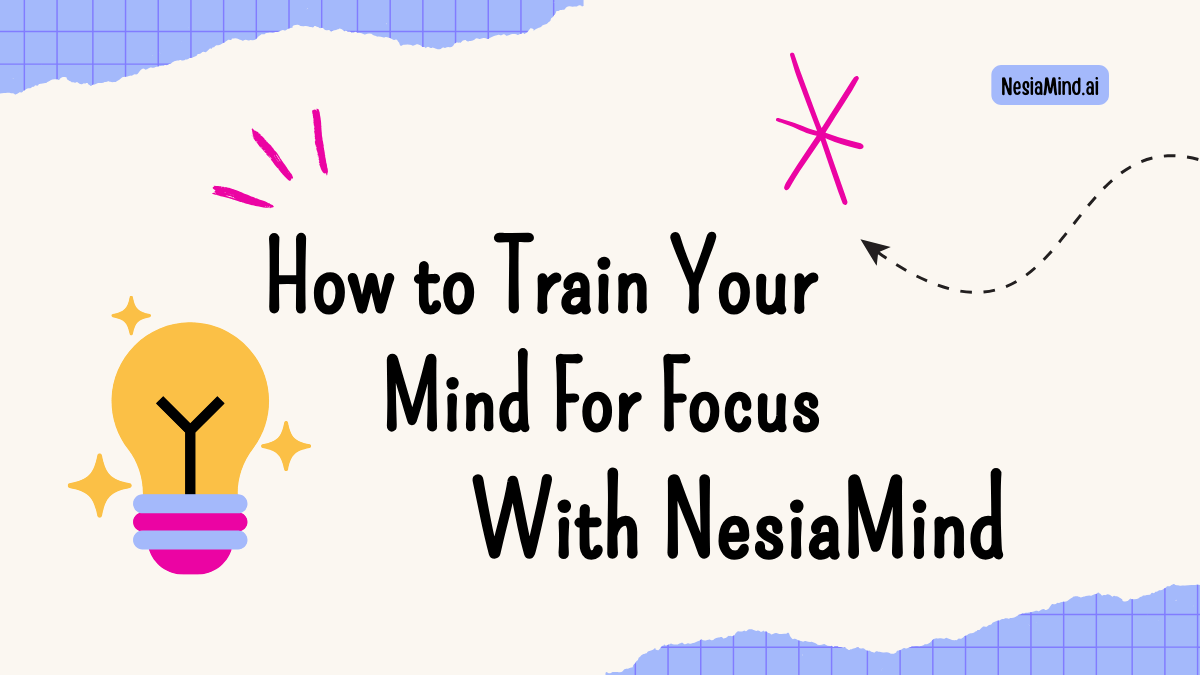
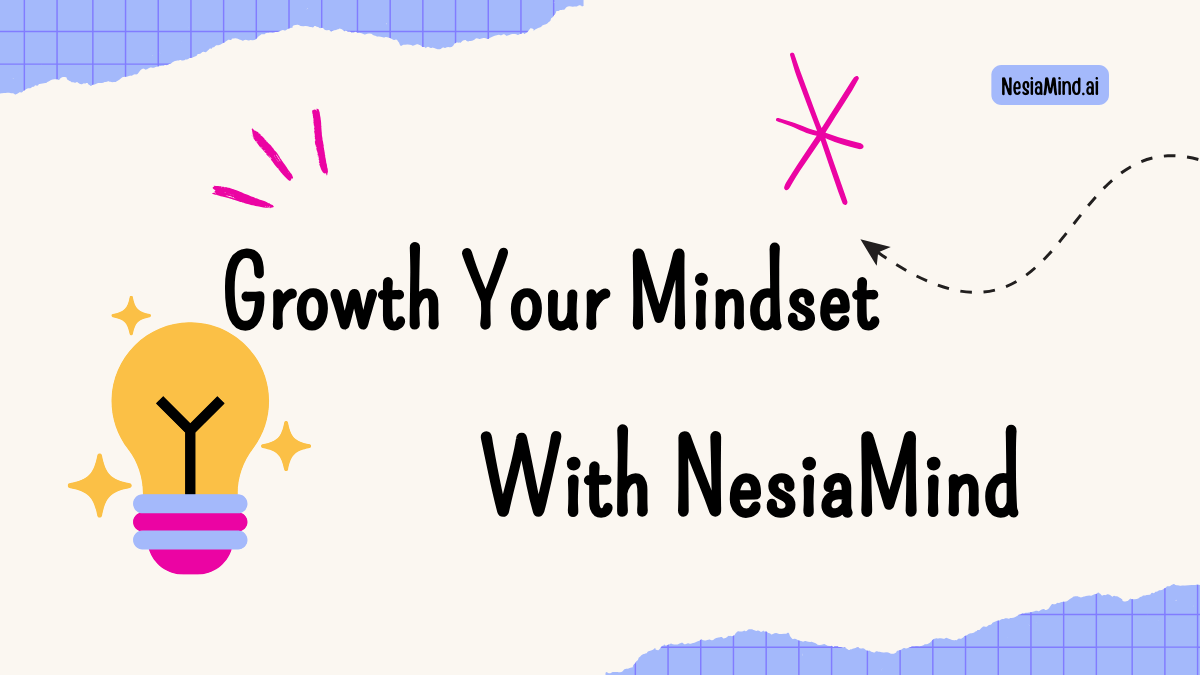
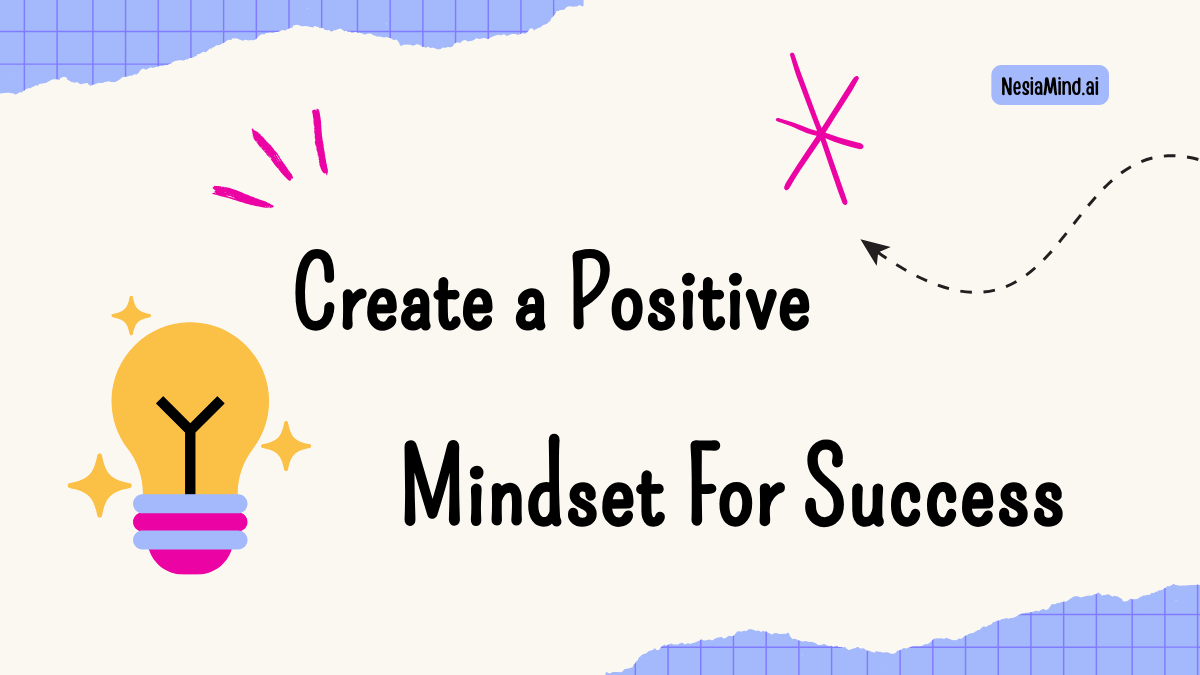

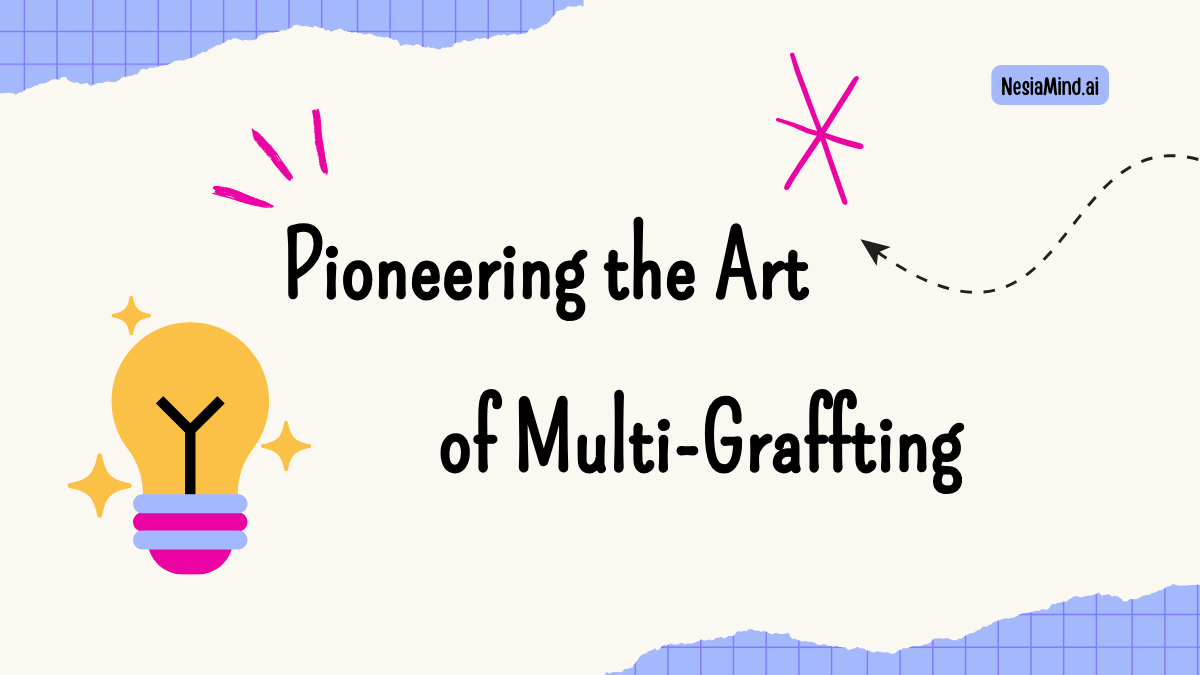
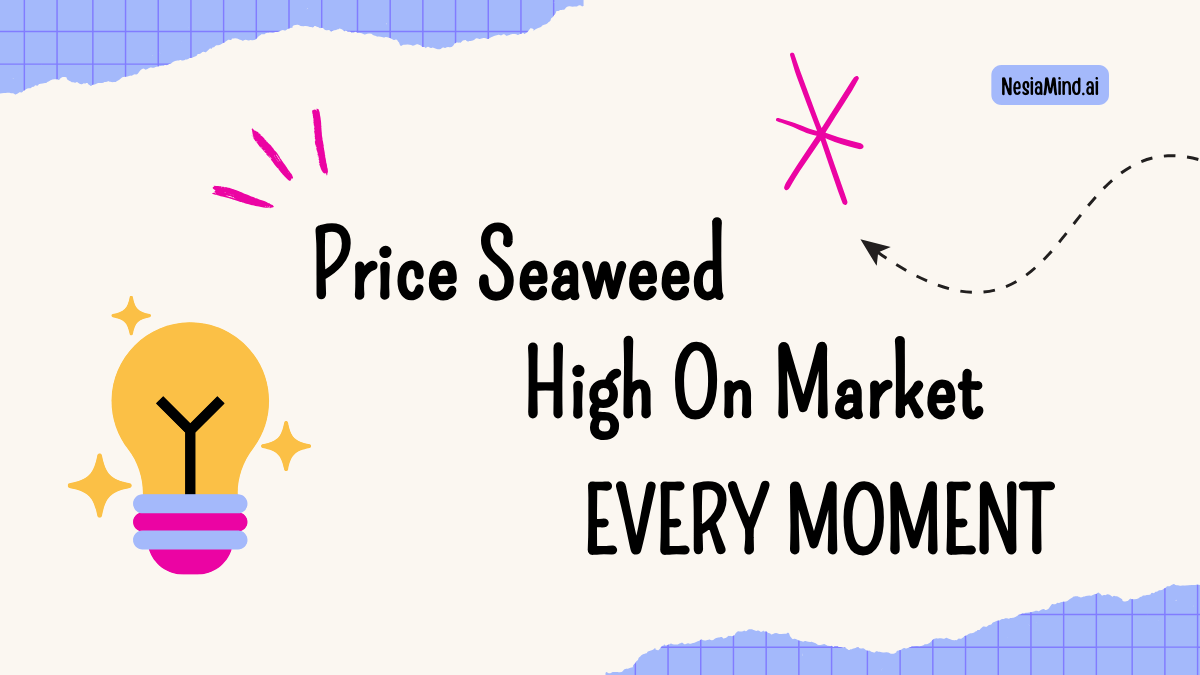
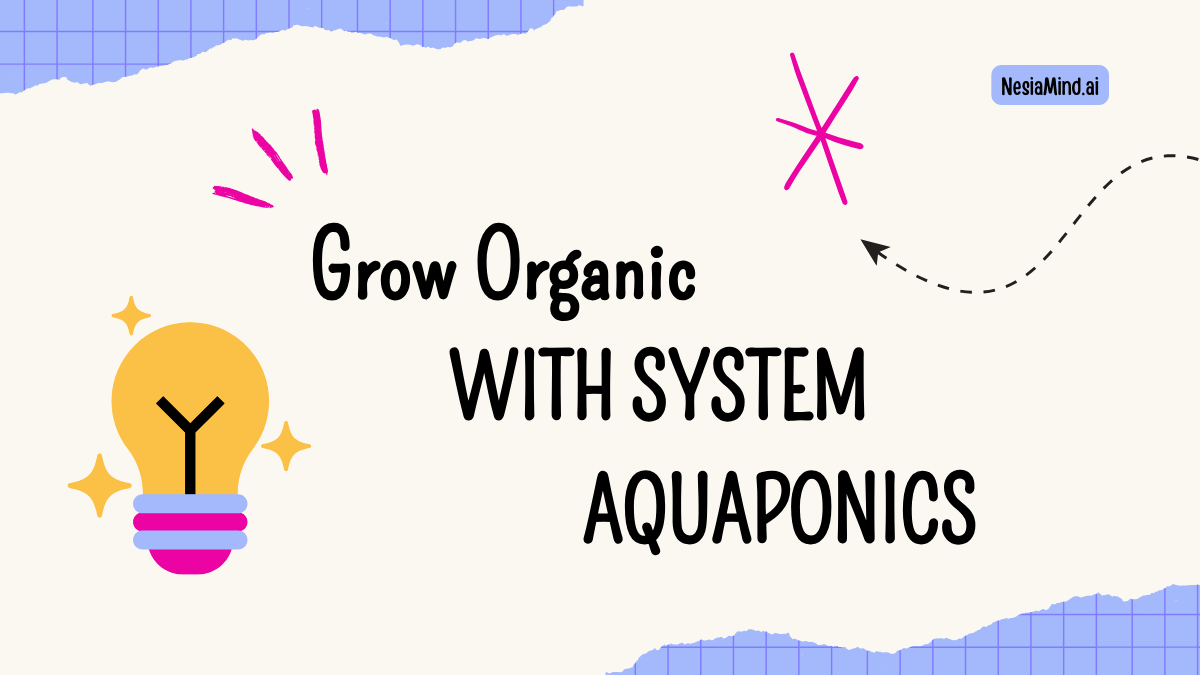
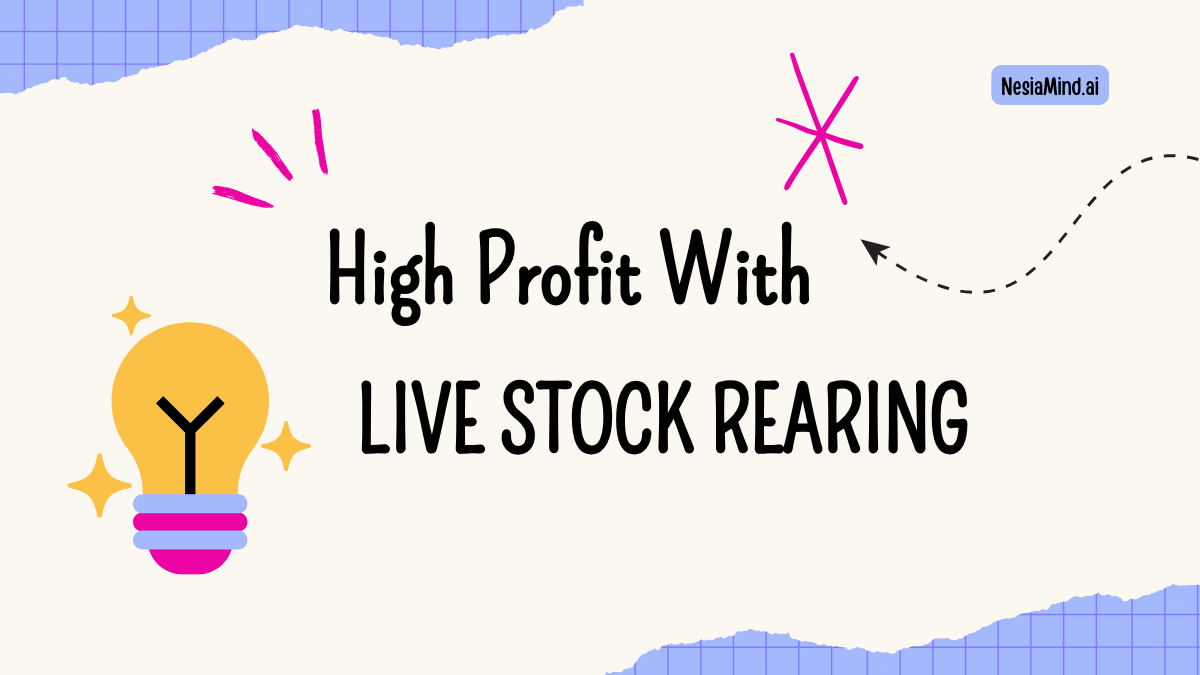
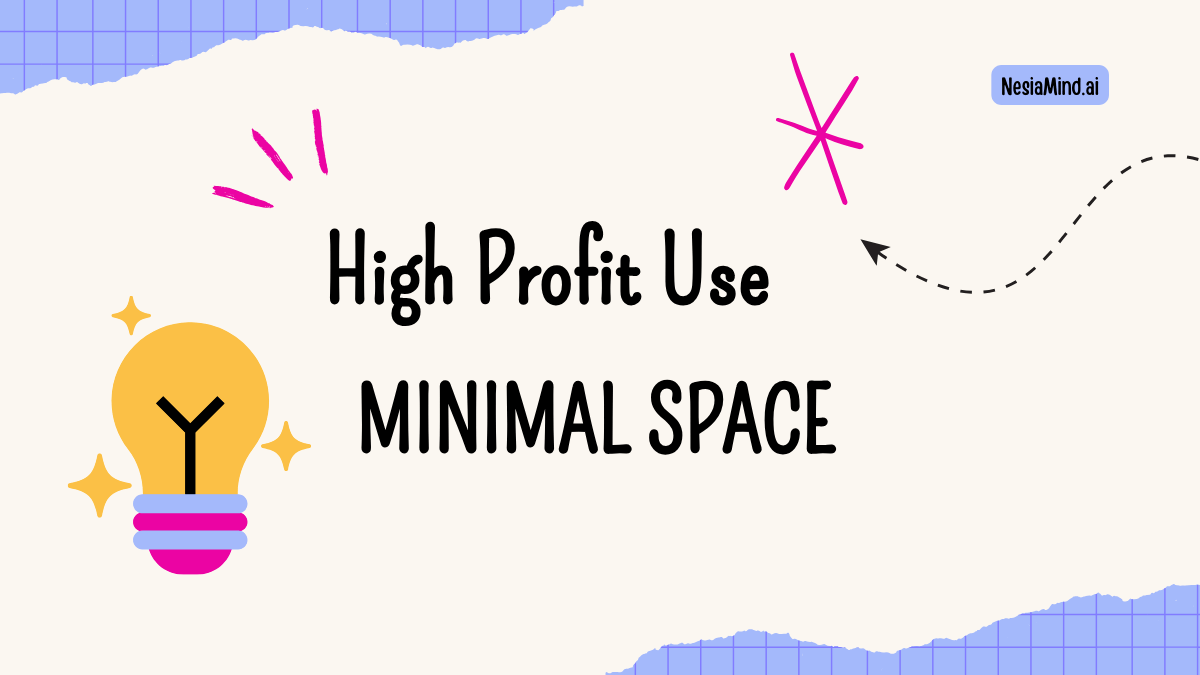
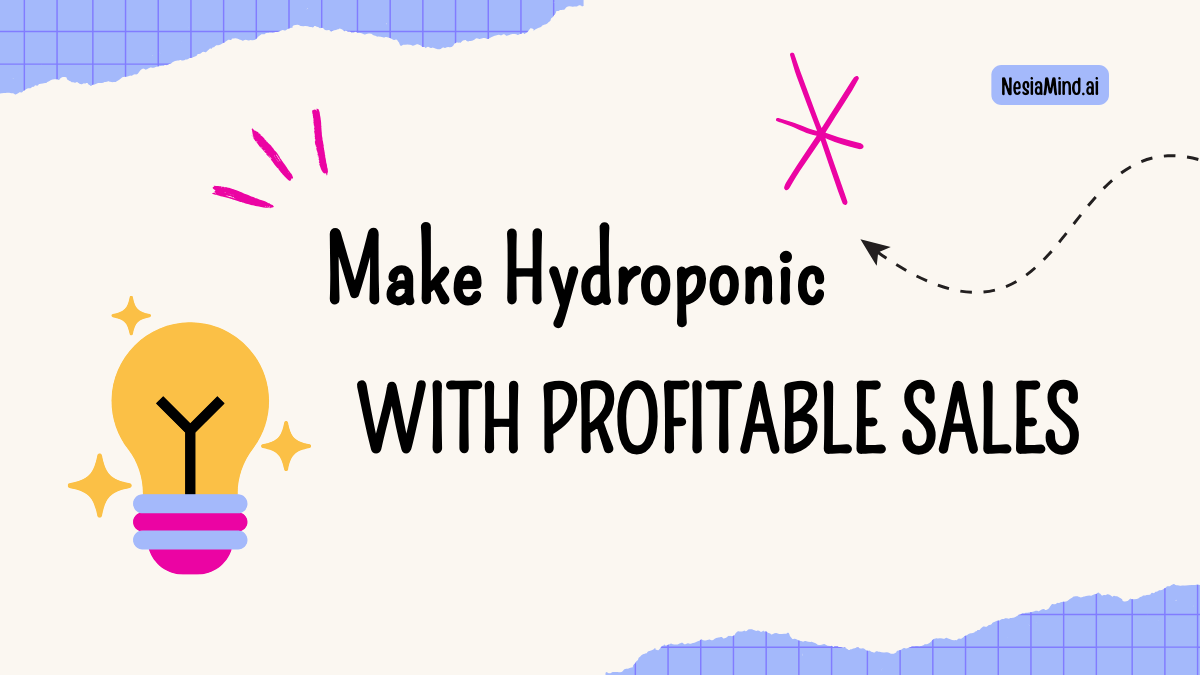
Leave a Reply